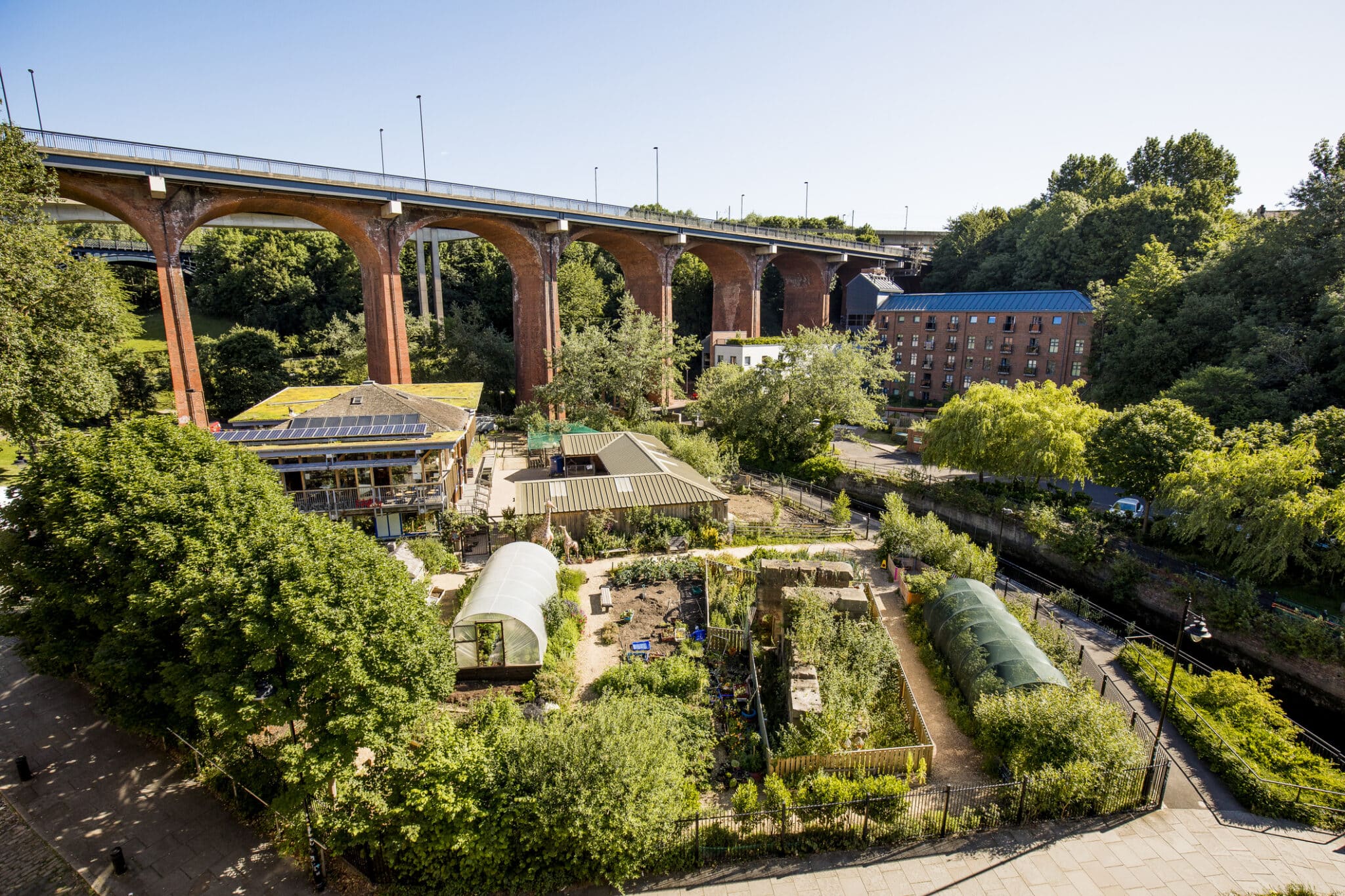The 3-Minute Rule for City Blooming
Table of ContentsUnknown Facts About City BloomingThe Ultimate Guide To City BloomingExamine This Report about City BloomingTop Guidelines Of City BloomingOur City Blooming Diaries
Fascinated in expanding food to buy in the City of Chicago? Thinking of beginning an area garden? Adjustments to the Chicago Zoning Statute allow agricultural uses like community yards and urban farms in many parts of the city. Below is a listing of regularly asked concerns relating to the guidelines and guidelines that cultivators should consider when intending an urban agriculture task.
The zoning change does not modify any kind of other codes taking care of composting, structure authorizations, acquiring or leasing City had home, company licenses or ecological contamination. There are existing codes that control these problems and they remain completely impact and might be appropriate to your job. Neighborhood gardens are usually owned or handled by public entities, civic companies or community-based companies and preserved by volunteers.
Urban ranches expand food that is intended to be marketed, either on a not-for-profit or for-profit basis. Due to their business purpose, metropolitan ranches call for a service certificate.
See This Report about City Blooming
Composting is enabled yet just for plant material that is created and utilized on site. The quantity of garden compost material can not exceed 25 cubic lawns at any offered time according to the criteria in 7-28-715 of the City's Municipal Code. Yes. Due to the fact that the soil at the majority of brand-new garden websites requires modifying, compost, dirt, timber chips, or other products can be gotten to create or boost the growing room - garden care.

If a structure license is required then the hoophouse will certainly be considered an accessory structure. You can learn more concerning the structure permit requirements by contacting the Department of Buildings. The 25,000-square-foot dimension restriction is planned to avoid a solitary community garden from dominating a given block or diminishing the block's existing property or industrial personality.
The restriction does not use to yards located in Public Open Area (POS) areas. Can there be more than one community yard that is 25,000 square feet on a solitary block? Yes. The size limitation puts on private gardens, not to private blocks. No. Secure fencing is not called for, nonetheless, gardens that have big vehicle parking areas may be required to install fence or other landscape design features.
9 Simple Techniques For City Blooming
B1 & B2 areas call for that all industrial use activities be carried out indoors. R areas restrict industrial activity. The policies reflect the objective and intent of the Zoning Code. Is fencing required for urban ranches? Yes. Fencings might be needed, in addition to landscaping and screening, for particular auto parking locations and exterior job or storage areas depending on location and the details task taking area.
Urban farms require structure licenses and zoning approvals prior to construction (balcony and patio garden design). Other types of city evaluation might be required depending on details structures, activities, size, landscaping, licensing, public heath and stormwater administration issues.
The Department of Organization Affairs and Customer Security can assist establish the particular type of business license that's called for. Off road parking is required for a lot of commercial projects in Chicago. The required number of auto parking areas is based on the number of employees functioning on website and not the square footage of the expanding room.
The 30-Second Trick For City Blooming

Yes. An urban farm can offer compost product produced on site, nonetheless, the procedure should follow the policies in 7-28-715 of the Chicago Municipal Code. Yes. Aquaponic systems are permitted inside your home on urban farms in many zoning districts. A zoning review and structure authorization is required in order to set up frameworks or systems and an organization permit is called for as defined above.
Up to five hives or swarms of honey may be kept as an accessory use. Beekeepers should register with the Illinois Department of Agriculture. To find out more about the proposed zoning modification you may call the Department of Housing and Economic Development, Bureau of Planning and Zoning at 312.744.8563.
Farming in cities and metropolitan areas A metropolitan ranch in Chicago. Urban farming describes numerous methods of cultivating. http://peterjackson.mee.nu/where_i_work#c2252, handling, and dispersing food in metropolitan areas. The term likewise relates to the area tasks of animal husbandry, aquaculture, beekeeping, and horticulture in a metropolitan context. Urban agriculture is distinguished from peri-urban farming, which happens in backwoods beside residential areas.
Not known Facts About City Blooming
It can include an activity of natural farmers, "foodies" and "locavores", that seek to form social networks based on a common ethos of nature and community holism. These networks can develop using official institutional support, becoming integrated right into neighborhood town planning as a "change town" movement for sustainable city growth.
The much more direct accessibility to fresh vegetable, fruit, and meat products that might be understood through city agriculture can improve food safety and security and food security while decreasing food miles, leading to reduced greenhouse gas discharges, consequently adding to environment change mitigation. Several of the initial evidence of metropolitan farming comes from Mesopotamia.